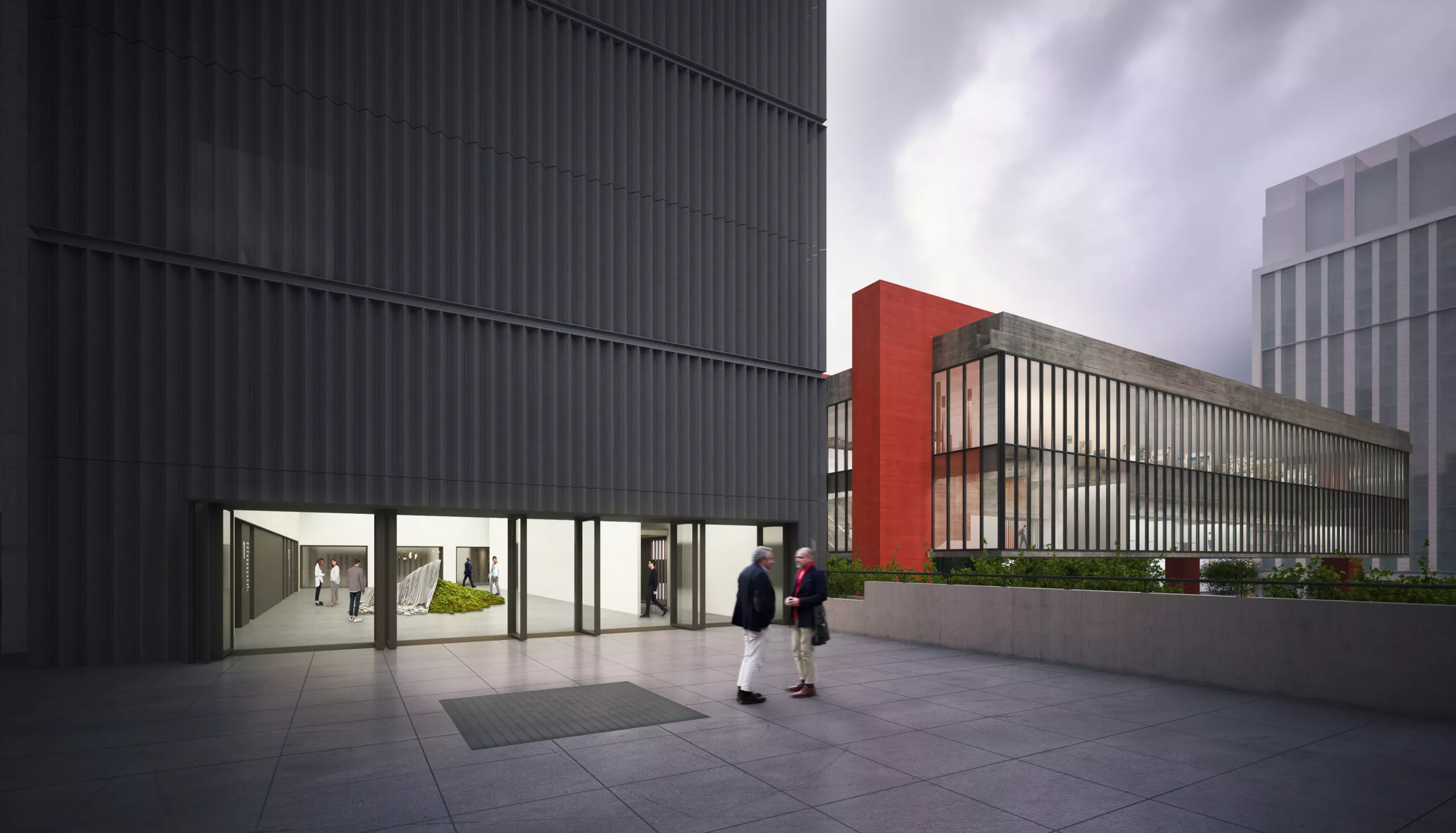RIO DE JANEIRO, BRAZIL – After almost a decade, the Assis Chateaubriand São Paulo Art Museum (MASP) resumes construction of the institution’s second headquarters, which will be built in the building next to Lina Bo Bardi’s (1914-1992) structure, on Paulista Avenue. The expansion will take place with the occupation of Dumont-Adams, a former residential building that is now in disrepair.
Before the pandemic, Itaúsa CEO and MASP board chairman Alfredo Setubal spent much of 2019 driving his Volvo through São Paulo’s heavy traffic. Setubal always had two passengers with him: former banker and collector Ronaldo Cezar Coelho and Heitor Martins, the McKinsey partner and president of MASP.
Together the trio knocked on the doors of dozens of super-rich families to launch a transformative project for MASP: R$180 (US$34) million to be raised to renovate the building next to the museum and multiply the exhibition space so that the MASP can show exhibitions that today don’t make it to Brazil because of a lack of spaces with the proper security and technology.
The address to the entrepreneurs was the same for all visitors: “We did not come to ask you for a donation – we came to invite you to enter the history of São Paulo.”
In total, 17 families have already accepted the invitation and contributed a total of R$167 million – making “MASP in Expansion” the largest cultural philanthropy project in the country’s history. The money does not come from corporations, nor is it matched by tax incentives.
Discussions with other potential donors are ongoing, and MASP will not disclose names until fundraising is complete. However, construction has already begun.
The new building will have nine floors of double normal height: seven for exhibitions, one for school activities and a restoration workshop. An underground gallery will connect the new building to the main building.
When completed, MASP capacity will increase from its peak of 500,000 visitors per year – when “Tarsila Popular” generated anthropophagic lines that spun around the entire block – to 2 million visitors per year. This new force will be tested in 2026 when MASP will host a Van Gogh exhibition.
Together with the new MASP and existing cultural institutions – the Instituto Moreira Salles, Japan House, Cidade Matarazzo, Itaú Cultural and SESC – “Avenida Paulista will become the largest cultural corridor in Latin America,” says Cezar Coelho, who chairs the MASP em Expansão committee.
The work, for which Racional Engenharia is responsible, is scheduled to be completed by 2024 so that the new facility can ideally be inaugurated on July 9, the day São Paulo commemorates the 1932 Constitutional Revolution.
Assis Chateaubriand and Pietro Maria Bardi founded MASP in 1947 on the floor of the Associated Newspapers headquarters in downtown São Paulo. In 1968, the museum moved to its current building, designed by Lina Bo Bardi and inaugurated by Queen Elizabeth.
After years of methodical work to improve the museum’s management – mainly under the direction of Alfredo Setubal – MASP is now stronger than ever.
“Alfredo should be the name of a bridge in São Paulo – not a tunnel, but a bridge! – for everything he has done for São Paulo’s culture, starting with saving the Biennial,” Cezar Coelho says.
The physical expansion is an injection of confidence when MASP has already increased its international presence.
In 2018, the “Afro-Atlantic Histories” exhibition was named one of the top three exhibitions in the world by The New York Times – the first time an exhibition by a non-American museum has been honored by the newspaper.
The exhibition will tour six major American museums beginning this year, showing that this country, when properly organized, can still make us proud.



